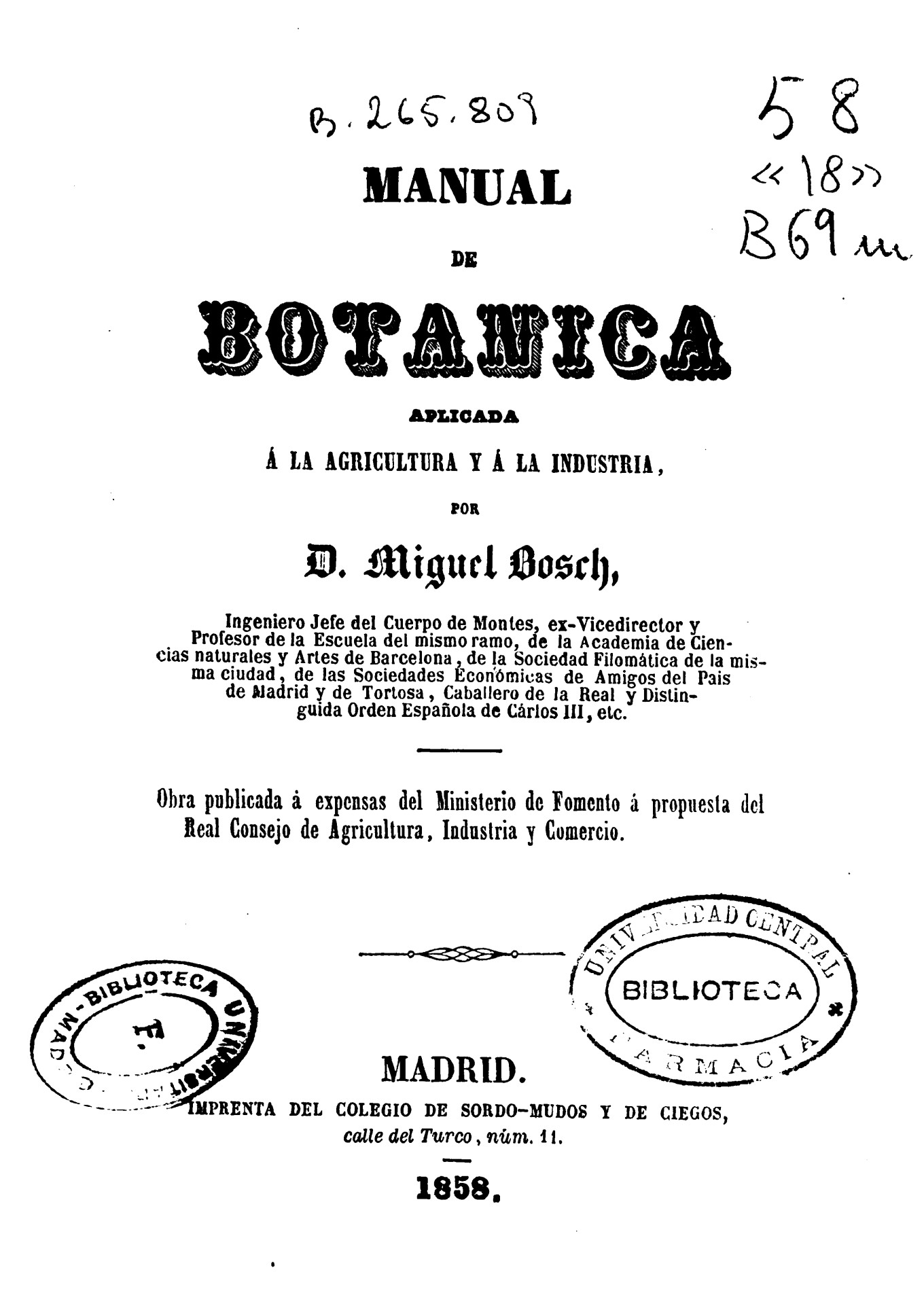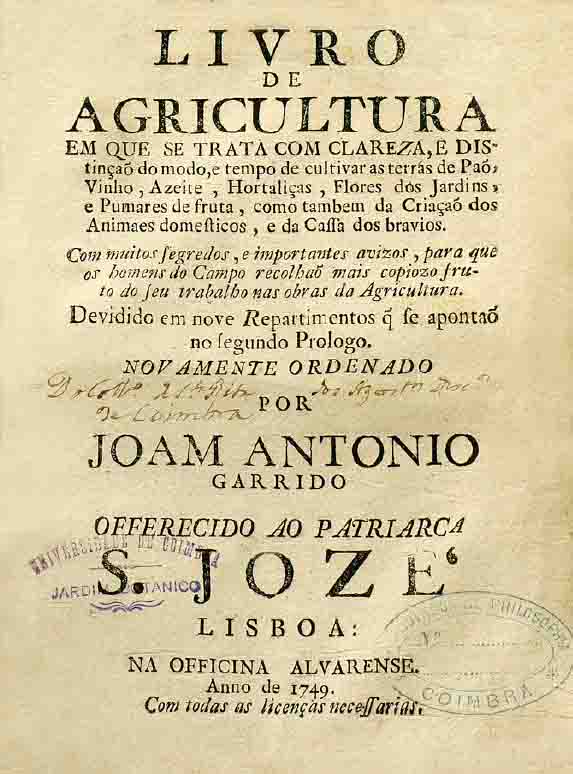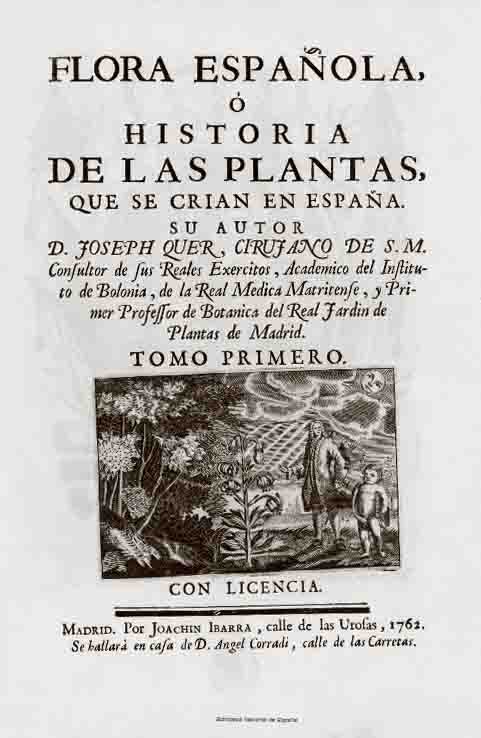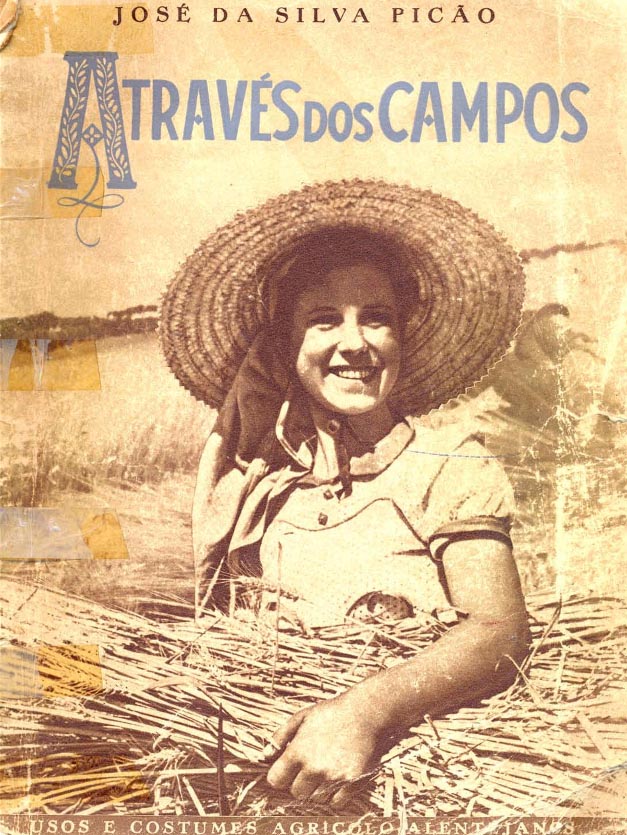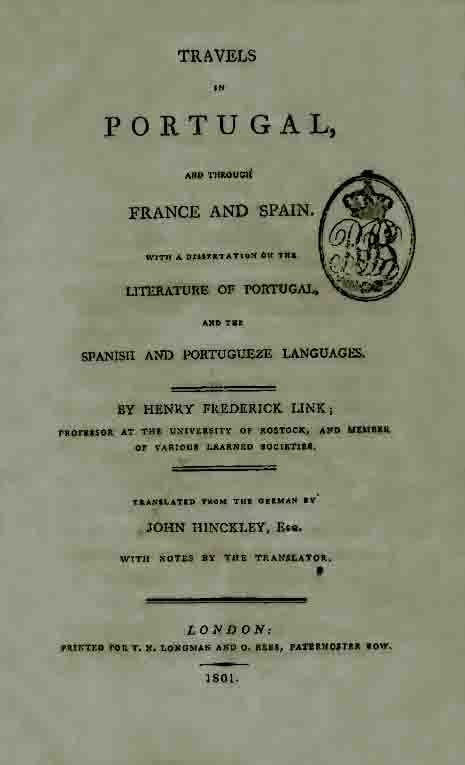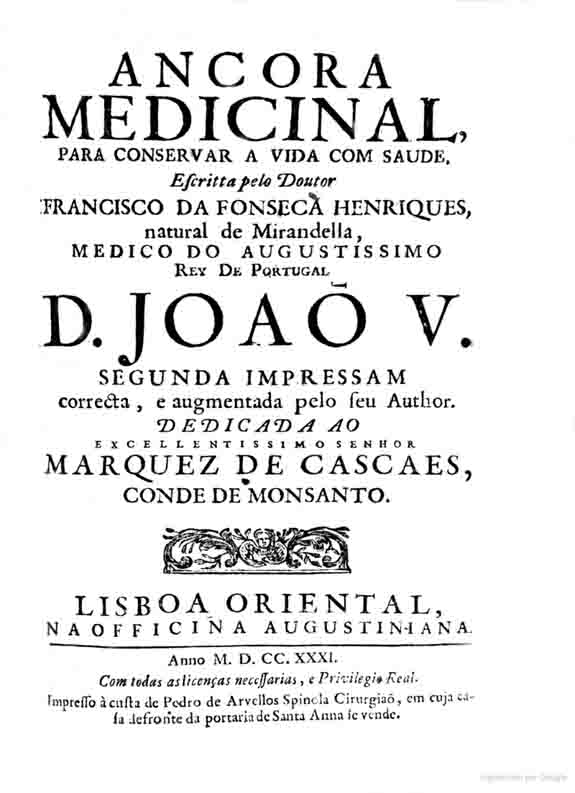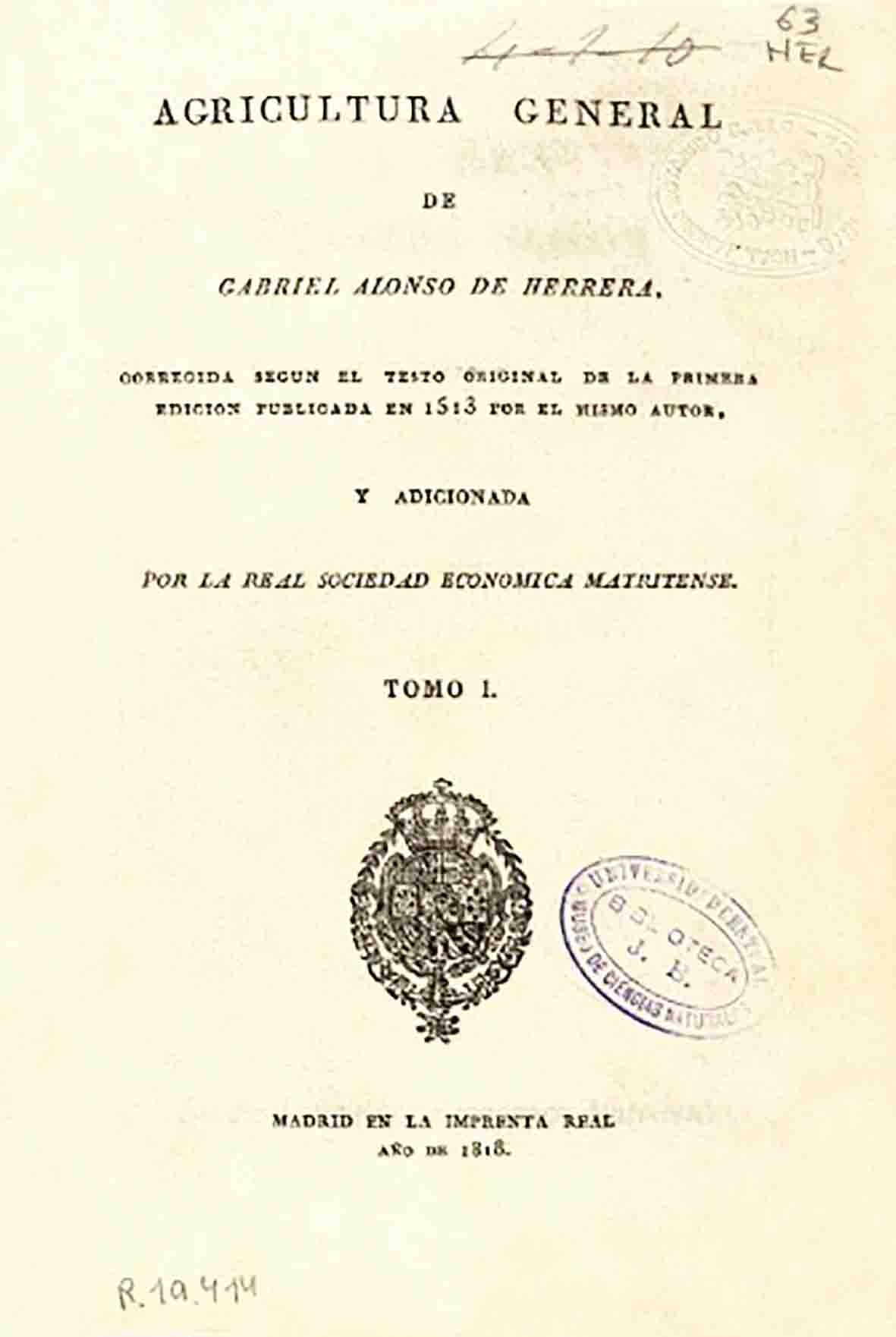Manual de botánica aplicada a la agricultura y a la industria
Chapters
Pages
Miguel Bosch y Juliá
Editor: Madrid, Imprenta del colegio de sordomudos y de ciegos
Year of edition: 1858
The book starts with a quick approach to the description of the main vegetable organs (root, stem, leaves, flowers and fruits, etc.) and the analysis of their basis functions (nutrition and reproduction). However, the essence and the key part of the work consists of a wide roster of plants that were considered useful for human activities, explaining their main characteristics for the case of Spanish territory. So, the list includes vegetable species for food supply, but also for industrial (e.g. textiles or dyes) or ornamental uses. For each referred plant (frequently multiple varieties are also mentioned) the book offers us great value data, such as the vernacular and scientific names of the species, home region, flowering time or possible techniques of reproduction (seed, layering, etc). Nevertheless, the most important information is the reference to the uses that make those vegetables valuable and, especially, the mention of the places of Spanish geography where each one is produced.
After this main core, the book ends with a short analysis of different areas, from a botanical geography perspective, in which vegetation of the Iberian Peninsula can be divided. Eventually, the author suggests a classification of plants according to their main uses: farming, horticulture, decorative or arboriculture.
A.G.
more sugestions…
Livro de agricultura em...
João António Garrido
Flora española...
José Quer Martínez
Através dos campos...
José da Silva Picão
Travels in Portugal and...
Heinrich Friedrich Link
Ancora medicinal...
Francisco da Fonseca Henriques
Agricultura general...
Gabriel Alonso de Herrera

